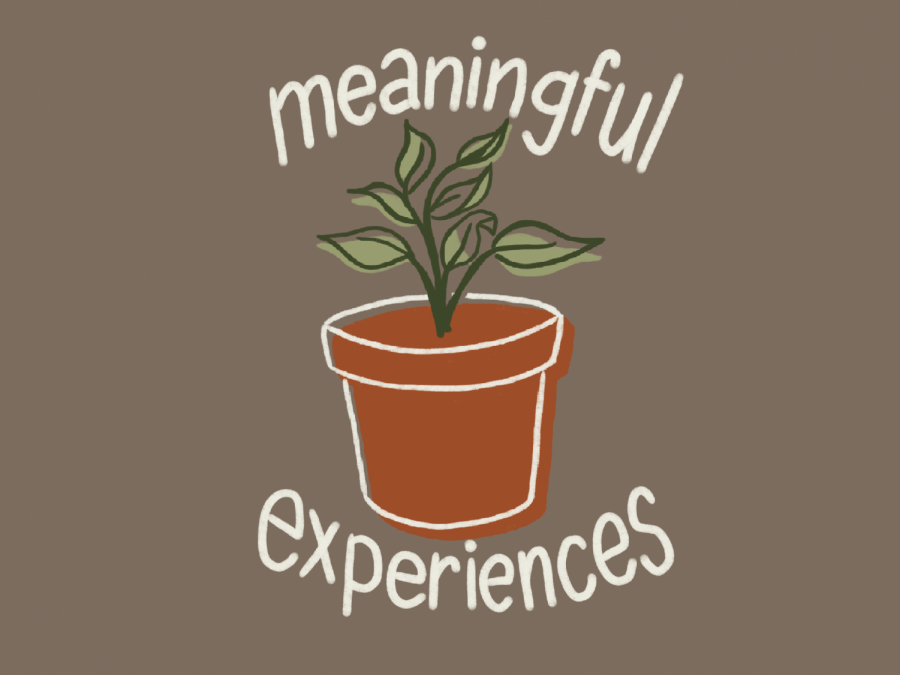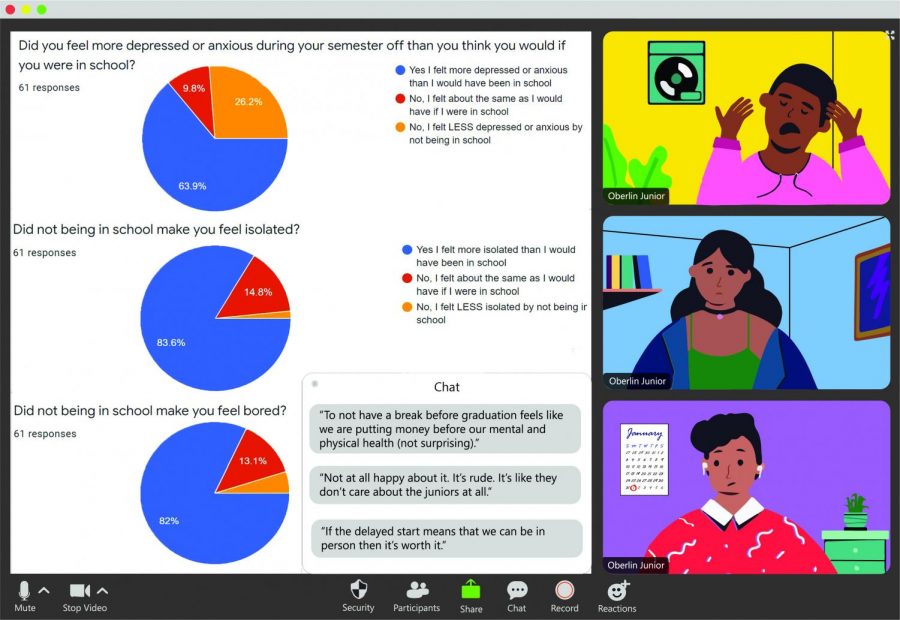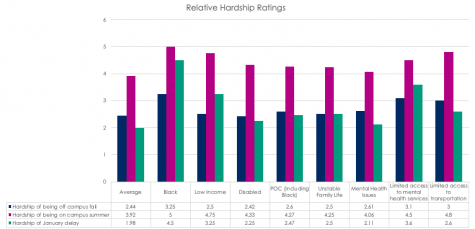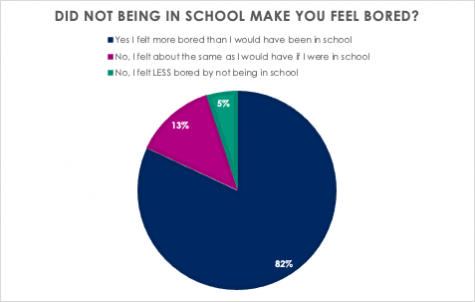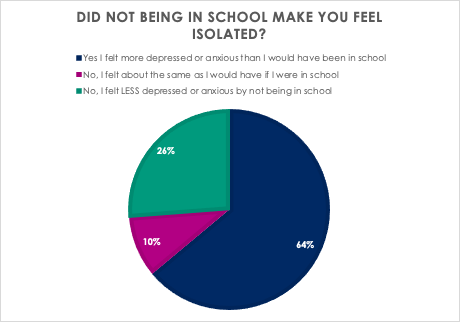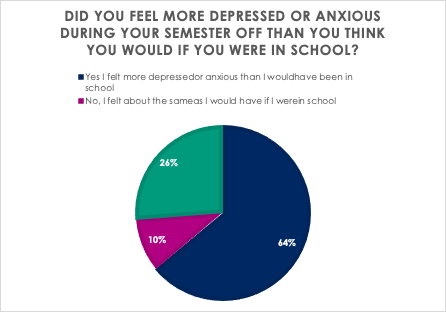Reviewing Oberlin’s Trimester Plan with Juniors
Oberlin’s unique trimester plan, implemented to ‘de-densify’ campus during the pandemic, has so far proven effective in cutting down on COVID-19 spread on campus —, but there is a lack of data on students’ personal response to the experimental plan. For some, the plan is an innovative solution to keep an in-person experience during a pandemic, for others it’s been an intense upset to normal life, especially considering the loss of the summer 2021 break for second- and third-years. At the end of last semester, the Review collected online surveys from 61 third-years who were not enrolled in the fall semester about their experiences with Oberlin’s three-semester plan.
Our survey asked students about their emotional and psychological state during their COVID-semester-off, privileges and disadvantages they face, off-campus living situation, experiences with the COVID virus, and how much of a hardship the trimester plan has presented them. We’ve crunched the numbers and also included some personal anecdotes from students in all sorts of situations. Below you’ll find our analyses of how students are feeling and which demographics were affected the most during COVID.
In our survey, we found that third-years believed their emotional state was impacted by their semester off; 64 percent felt more isolated than they would have in school, 82 percent felt more bored, and 64 percent felt more depressed or anxious.
We also asked students how much of a hardship the changing academic calendar presented for them. We had students rate their hardship on a scale of zero to five. On average, students said that being unenrolled in the fall presented about a 2.44 level of hardship, the January delay presented 1.98, and the lack of summer break was 3.92. Across populations, Black students, students with limited access to mental health services, and low-income students scored much higher.
Below you can explore more data and read third-year students’ written responses about their fall semester experience and feelings about the three-semester plan. One page is dedicated to featuring the voices of Black, low-income, and mental health struggling students. For more information about the sample, you can also click below. Upcoming is an op-ed discussing this data and how we found the three-semester plan impacted students.




